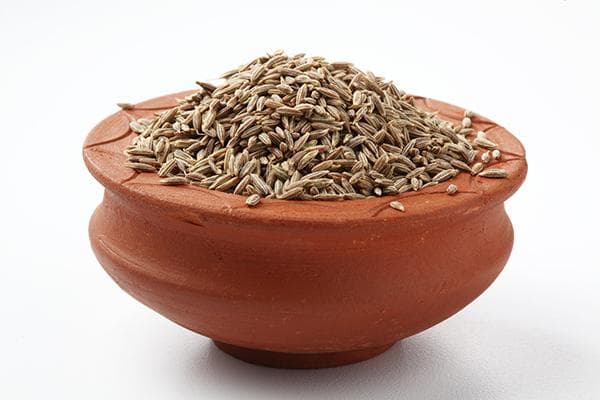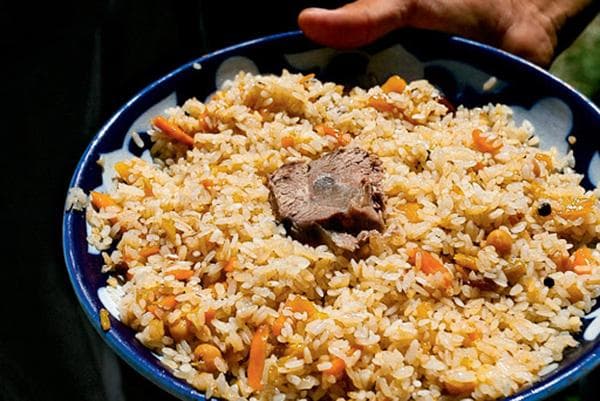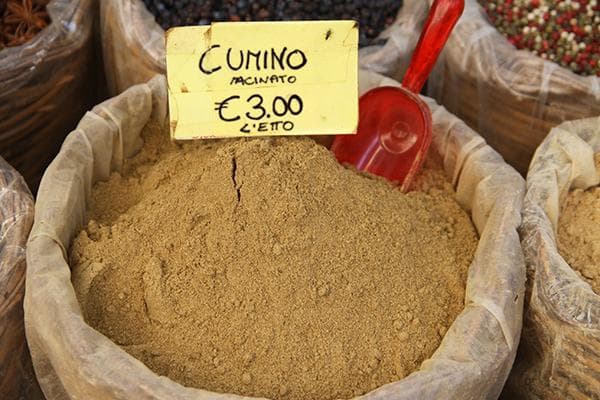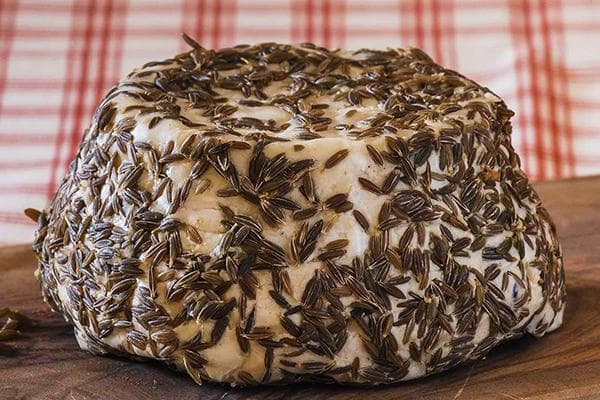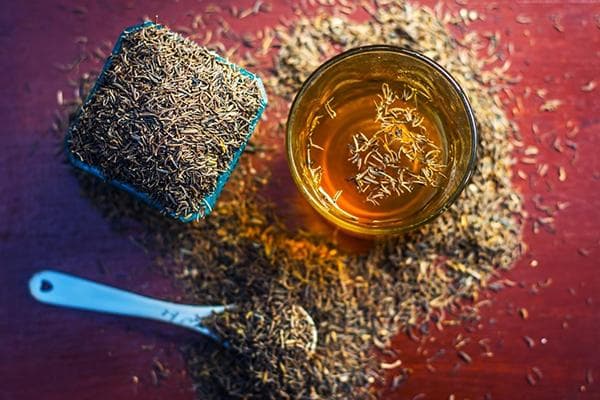Where to add cumin and what is this seasoning good for?
Cumin in Russia is associated with cumin and caraway seeds. Even seasoning packages often say “Jira (cumin).” Despite certain external similarities and tastes, it is still correct to separate them.
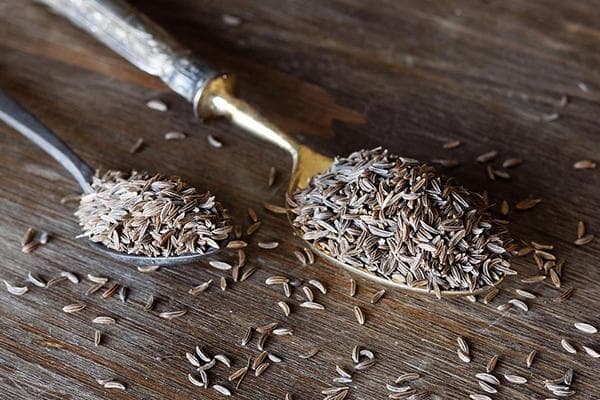
Cumin - what is it?
Cumin seasoning most often refers to the seeds of the Cuminum nigrum plant. This is a perennial herbaceous species of the Kmin genus of the Apiaceae family. The size of the bush barely exceeds 0.5 m. The flowers are white and red, arranged in double umbels with wrappers. Cumin is the most important spice in India, the Middle East, Africa, and Latin America. There it is added to almost every dish.
The island of Comino in the Maltese archipelago, which is literally covered with fields of fragrant grass, is named after the spice.
Appearance and taste
Cumin is spicy, pungent, hot, nutty, bitter with sourness. If you take a couple of grains into your mouth and chew, the first thing you notice is the oily taste of the nut, heavy, slightly earthy, which soon turns into bitterness. The taste and aroma of the seasoning is most reminiscent of cumin. However, cumin seeds are darker and smaller - 3 mm. They are thin, arched, dark brown in color.
Unlike cumin (Cuminum cyminum), cumin seeds have a more pronounced smell and taste. They are sharper. They are sometimes called black and white cumin. The second means cumin.
The seasoning differs much more significantly from the cumin that Russians are accustomed to. The aroma of cumin is subtle and delicate. There are citrus notes of freshness in it, but there is no trace of a nutty-earthy taste or smell.
One of the names for the spice in Sanskrit is sugandhan, which literally translates to “smelling good.”
Cumin in dishes
It must be admitted that cumin, like cumin, is a seasoning that is not for everyone. Not everyone loves its bright taste and aroma. Spice, even in small quantities in dishes, is clearly noticeable and can overpower products that are mild in taste and smell.
Dishes to which it is recommended to add cumin:
- pilaf;
- vegetable stews;
- vegetable soups;
- lamb and other types of meat;
- national dishes of Indian cuisine.
It is believed that the seasoning is best suited to these dishes. Less commonly, it is used in the preparation of sausages, baked goods, some types of tea, cheese, fish and rice dishes, chicken with vegetables, and jam. Some housewives prepare brine with grains for preserving tomatoes, cucumbers, and peppers.
The seeds are used raw or roasted. After roasting, they become more aromatic and lose their earthy note. The seeds are also ground and crushed. Cumin powder is hotter than whole grains.
You can use the spice at different stages of cooking: add it to the finished products while frying onions and carrots, 10 minutes before the dish is ready.
Cumin in the cuisines of the world
The spice is most popular in the cuisines of the Middle East and North Africa.
- In India, black cumin is used whole, raw and roasted. It is added to yoghurts, chutneys, curries, biryani, korma, lassis, garam masala, kebabs, and in the north of the country - to bread.
- In Mexico, the seeds are ground into powder and used together with chili peppers in various sauces and soups. Cumin is included in the recipe for the famous chili con carne; the seeds are thrown into burritos.
- In Holland and France, cheese is prepared with this seasoning.
- In Africa, the spice is added to shakshuka, Maghreb salad with couscous.
- In Iran, it is used to improve the taste of meat dishes, in particular lamb.
- In Greece, dolma, stifato, and Smyrna-style sausages are prepared with cumin.
Ground seasoning is an integral part of hummus. Hummus is a widespread dish in the Middle East. It is prepared from chickpea puree, sesame paste, olive oil, lemon and hot spices.
Benefits for the body
Cumin seeds are rich in essential oils, flavonoids, resins and tannins, as well as minerals: calcium, phosphorus, magnesium.
Seasoning benefits:
- The most pronounced beneficial properties of cumin are disinfecting (antiseptic), stimulating appetite, invigorating, and warming.
- It has a positive effect on the body in case of nervous exhaustion, insomnia, stomach colic, and flatulence.
- Regular consumption of dishes with seasoning prevents the formation of blood clots and reduces the likelihood of heart attack and cardiovascular diseases.
- Cumin seeds improve vision and activate brain activity.
Cumin is a seasoning that is similar to cumin and cumin, which are familiar to Europeans, but has a richer taste, aroma and spiciness. However, one should not miss the point that manufacturers often understand cumin as cumin. This means you are buying a less spicy spice. If this is the case, don't be upset. Both seasonings are added to the same dishes.In pilaf, vegetable stews and soups, the difference between them is subtle.
